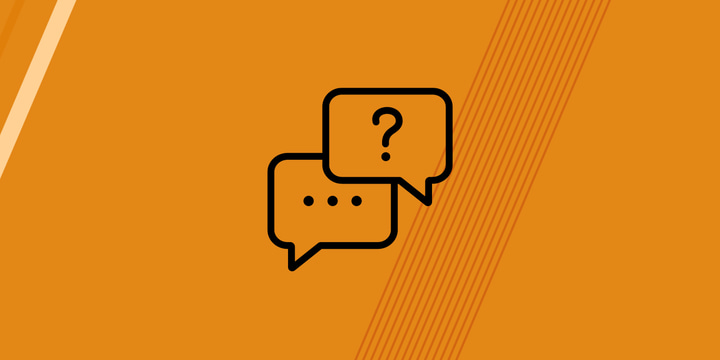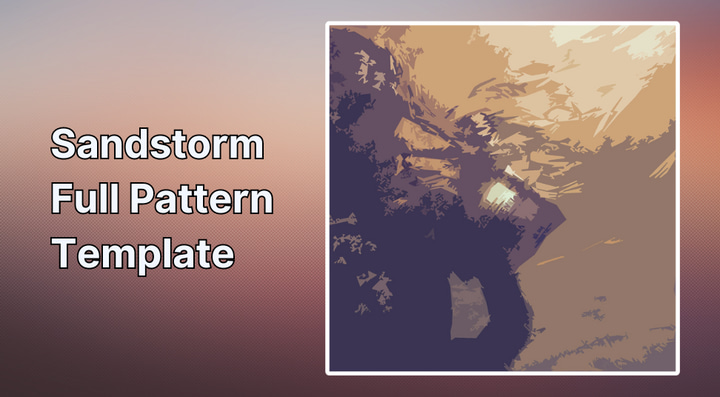CS2 Pattern ID Explained

- The pattern ID in CS2 is a random number (from 1-999) that gets assigned whenever a skin gets unboxed or dropped. This number is final and cannot be changed.
- On pattern-based skins, the pattern ID decides what a skin will look like specifically. It also decides where scratches and other wear marks will show.
- On skins with a set texture, the pattern ID decides where scratches and wear marks will show.
The CS2 skin scene is extremely interesting in the sense that even low tier skins are unique. If you and your friend have the same rifle in the exact same wear condition (CS2 Skin Conditions Explained) they will still look different if you take a closer look at them. Scratches and dinks will appear in different places, even if the float value (CS2 Float Value explained) is almost the exact same, and on some skins the pattern might be completely different. All of this is (partially) decided by the CS2 Pattern ID, and in this article we’ll explain what the pattern ID in CS2 means.
What is a Pattern ID in CS2?
In CS2, a pattern ID is a number from 1-999 that gets assigned to any skin that gets dropped or unboxed. If the dropped/unboxed skin is a pattern-based skin, the pattern decides how it’ll look and where scratches are located, and if it’s a skin with a set texture/finish, it’ll only decide where scratches go.
To put it very simply: the float value (see CS2 Float Value Explained) decides how much wear (scratches, dinks, …) should be visible on a weapon, and the pattern ID decides where those wear signs appear.
As such, it’s possible to have a pistol with a slide that looks nearly scratch-free when another pistol from the same skin line with a lower float value (and thus a lower wear rating) has more scratches on the slide. The pistol with the cleaner slide will have more scratches due to it having a higher float value, but the scratches can be located in places that aren’t normally visible such as the handle, the muzzle, …
Like float value, the pattern ID is permanent and cannot be changed.
Pattern-Based Skins
The most obvious examples of patterns in CS2 can be seen in pattern-based skins. These are skins which have a randomized look, based on an existing, larger pattern.
To put it simply, imagine a big canvas with lots of colors, textures, drawings, and gradients on it. This is called the ‘pattern template’. When a pattern-based weapon gets unboxed or dropped in the game, a random section of this template gets chosen and applied to the weapon. This leads to skins looking wildly different, even though they’re part of the same weapon finish.
As a consequence of this, there are almost always patterns that are rarer than others. If the pattern template is only 10% purple, for example, the chances of unboxing a completely purple skin from that skin line are very low. Rare patterns can sometimes be sold for way higher prices than common patterns, and there are entire pattern guides (see this Galil Sandstorm Pattern Guide, as an example) out there on most pattern-based skins.
In the images below, you can see how two Field-Tested Galil Sandstorms look completely different due to the fact that they’re using different parts of the full pattern template.


There are many pattern-based skins in CS2, so if you’re planning on investing in a new skin it might pay off to do some research. You might find some rare gems that can really add some personality to your inventory.
Skins That Aren’t Pattern-Based
The pattern ID is also important for skins that are not pattern-based since it decided where scratches and wear-and-tear will show up. This means that it can pay off to look around a bit when purchasing expensive skins.
On a Karambit, for example, the corner is one of the most important areas. A low float value increases the odds of the corner looking pristine, but you also need to look at the pattern ID, since that decides where exactly scratches and dinks appear.
Conclusion – Pattern ID in CS2
The pattern ID in CS2 is an important aspect of a skin, even if it’s a skin with a fixed design. Learning about pattern IDs in CS2 can help you score some amazing deals on various marketplaces, and it can also guide you towards unique and rare patterns on pattern-based skins.



give funny cs2 pic id